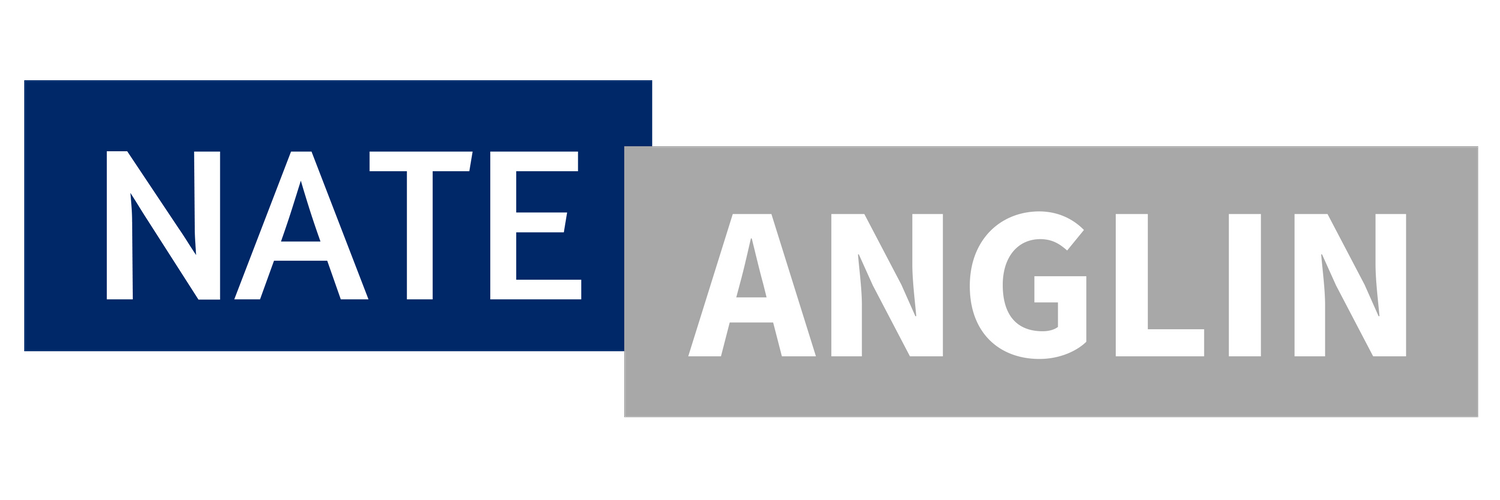TOR 060: 3 Feedback Formulas Every Manager Must Regularly Use To Dramatically Improve Results
Here’s the latest edition of The Optimized Report newsletter, which features 1 actionable tip every Sunday to help small business owners dramatically improve their performance, profit, and potential without sacrificing what's most important—TIME.
-
The best managers are masters at delivering feedback.
Perhaps, just behind the art of delegating, giving feedback is the most valuable leadership skill. Unfortunately, ineffective communication and emotions prevent you from learning it—it's not your fault. Managers spend their careers barking orders, not giving feedback, or waiting until it's too late to coach their team.
The standard way to give feedback is flawed and forgets you're dealing with other humans, just like yourself.
I know this because I spent years giving feedback the wrong way. I'd wait until it was too late or come in like a red hot emoji with a temper that wasn't helpful to anyone.
To be a successful manager, you have to learn how to give feedback, both positive and negative.
Here are three feedback frameworks that will save you dozens of painful hours trying to learn them by yourself:
1/ Google's Situation, Behavior, Impact (SBI) Framework
It blew me away when I stumbled across Google's lesson on how they train their managers to give feedback.
It's so simple and easy to execute. According to Google's re:Work, all you have to do is:
Describe the Situation,
the Behavior (what they did),
and the Impact of that behavior.
If you wanted to give positive feedback, this is what it could sound like:
"At the client meeting earlier (situation), you balanced sharing our ideas with hearing from them nicely (behavior). The client told me that they thought we clearly understood their needs (impact)."
And negative feedback:
"When you presented our proposal to our Director (situation), you presented everything and held all his questions until the end (behavior). However, I noticed our Director didn't seem happy to wait until the end (impact)."
2/ Like - Wish - Wonder Framework
Do you struggle with conflict or giving constructive criticism?
This framework is used in design thinking, but it's applicable in most situations.
Step 1: I like X.
I like is the starting point of what went well or something positive about an idea/project/task/etc.
"I like the design."
"I like your confidence."
Step 2: I wish Y.
I wish is the starting point for what could be done differently or improved.
"I wish it matched our brand colors."
"I wish you didn't sound like you are reading from a script."
Step 3: I wonder if Z.
I wonder is the starting point for unanswered questions and ideas.
"I wonder what it would look like if you included some smiling faces."
"I wonder if you infused some more of your personality in the call how it would sound."
Step 4: What's next?
What's next is a discussion about what can be done next.
"What is one action you plan to take with this information?"
3/ David Finkels Adult Conversation Framework
I consider David's framework the bible of giving tough feedback.
Sometimes, you can't wish and wonder in a tough conversation. You have to be respectful yet direct. Here's how it works:
1. "I observe..."
"Hey Tim, I observed the other day you sent an email to X, and it said 1, 2, 3."
2. "The impact of that behavior is..."
"The impact to x was..."
3. "That isn't acceptable here."
4. "What I want to see in the future is..."
"What I want to see in the future is you kindly explaining what you need, and X, Y, and Z."
5. "Can you do that? What are your next steps to make that possible?"
These three frameworks completely changed the way I deliver feedback.
If only I had discovered them sooner…








